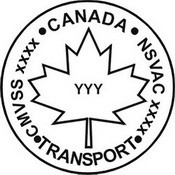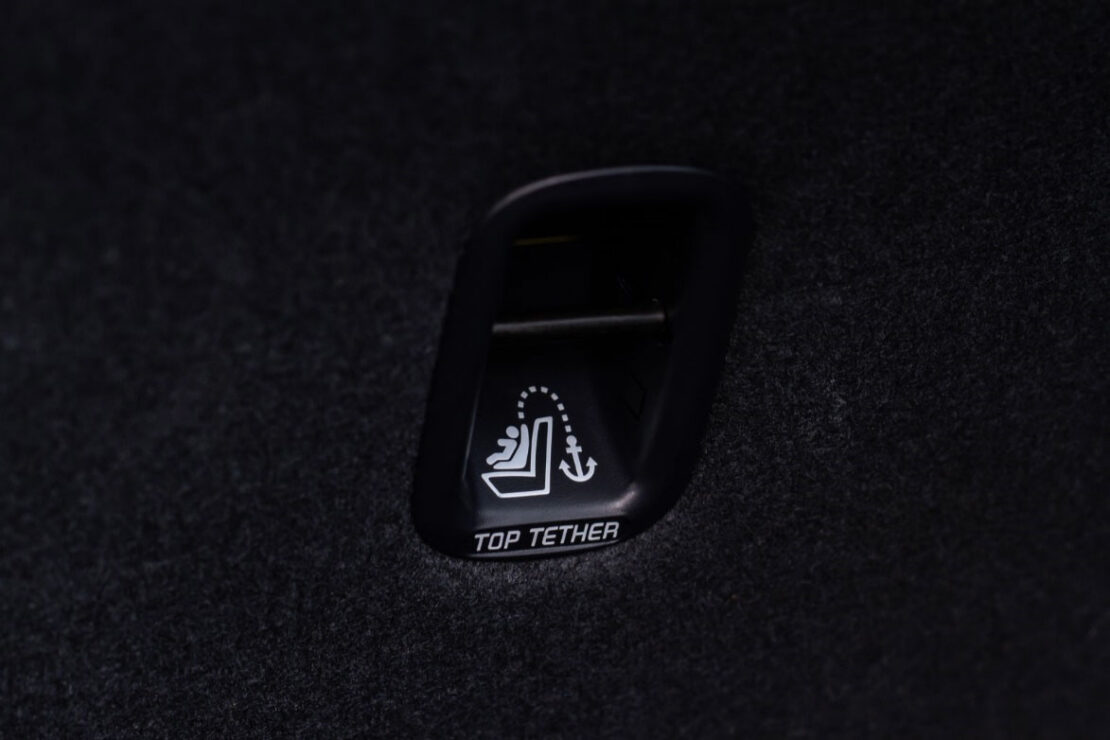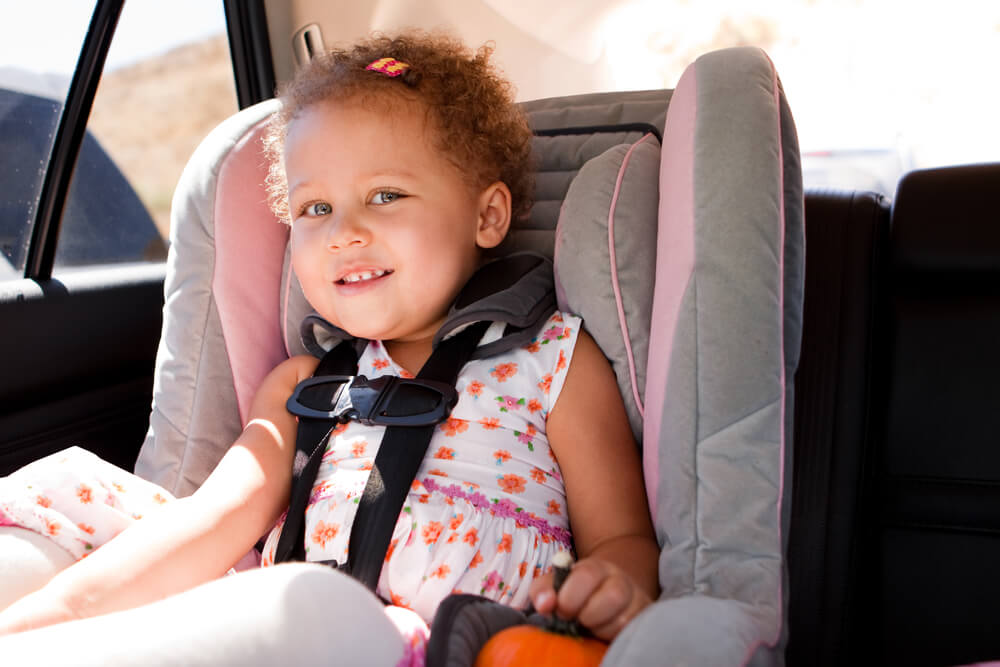Car seats help keep your child safe in a motor vehicle.
- In Manitoba, all child passengers must ride in a child car seat or booster seat until they are at least:
- 145 centimetres (four feet nine inches) tall, OR
- 36 kilograms (80 pounds) in weight OR
- nine years of age
It is safest to keep your child rear-facing as long as possible – your child may be two years old or more. To keep your child rear-facing longer, get a convertible car seat that can eventually be used forward-facing. Look for one with a higher rear-facing limit. Some seats have rear-facing weight limits up to 22.7 kilograms (50 pounds).
Move your child to a forward-facing seat once they have outgrown the height or weight limits of the rear-facing car seat. Many rear-facing seats are outgrown when the top of the child’s head is 2.5 centimetres (one inch) below the top of the car seat.
Which forward-facing car seat should I use?
If you already have a convertible car seat that can be used rear- and forward-facing, you can install the seat forward-facing. Only do this once your child has outgrown the rear-facing height or weight limit.
If you are buying a car seat, choose a forward-facing seat that will meet the weight and height of your child for as long as possible. Some seats are made for children up to 29.5 kilograms (65 pounds).
- You can buy a convertible car seat that can be used as forward-facing seat and then as a booster seat.
Follow the car seat and vehicle’s manuals for instructions on installation.
Important tips:
- Check Transport Canada’s Recall Database to make sure the car seat is safe to use.
- Car seat accessories (including head positioners, harness covers and seat protectors) that are sold separately from the car seat are not recommended, because they can affect how well the car seat protects your child in a cash.
- Check the expiry date on the car seat.
- Look for Transport Canada’s National Safety Mark on the car seat. Car seats sold in the United States will not have this seal and are not approved for use in Canada.

Are second-hand (used) car seats safe?
They can be. Avoid a used car seat that:
- has been in a crash or you don’t know if it has been in a crash
- is past the expiry date
- is missing parts
- has visible damage or cracks
- has straps that are worn or frayed
The Child Passenger Association of Canada has a Used Seat Checklist.
How do I install my car seat?
- All children under 13 years of age should ride in the back seat of the vehicle.
- The safest place in the vehicle to install the car seat is in the middle of the back seat.
- Follow the owner’s manuals for your vehicle and car seat for proper installation of your specific car seat. Some manufacturers have videos online to help you.
- The tether strap must always be used to secure the top of the car seat to the vehicle. Your vehicle manual will tell you where the anchors are in your car, truck or van.

- You can use the UAS (Universal Anchorage System) in your car or the seatbelt to install the car seat, but use the UAS if at all possible. Check your car owner’s manual to see if UAS can be used to install the car seat in the center position.
- UAS systems have a weight limit which includes your child’s weight and the weight of the car seat. Once your child reaches 18 kilograms (40 pounds), check your vehicle’s and your car seat’s instructions for the maximum weight allowed for the UAS and how to safely secure the car seat.
- If you cannot find your manuals, and your child weighs 18 kilograms (40 pounds) or more, Transport Canada recommends that you install the child car seat using both the UAS (if equipped) and vehicle seat belt.
- Always use the top tether anchor for a forward-facing car seat whether you’re using the UAS, the vehicle seat belt or both.
How do I know if my child is harnessed safely?
- Follow the manufacturer’s instructions for securing your child into the car seat.
- Tighten the straps so that you can only fit one finger between your child’s collarbone and the harness straps. Adjust the straps as your child grows.
- Place the chest clip at armpit level.
- To find a certified car seat technician or a car seat clinic, visit Child Passenger Safety Association of Canada.
Safety Tip
In the winter, you can dress your child in a snowsuit. Choose snowsuits or jackets that are not puffy and are not made from slippery material. Make sure when you are tightening the harness straps that you squeeze the snowsuit so that you can only fit one finger between the snowsuit and the straps.
When is my child ready for a booster seat?
- Do not be in a rush to move your child to a booster seat.
- Wait until your child has outgrown the height or weight limit of the forward-facing seat. This information is found on the labels on the side of your car seat and in the owner’s manual.
- Many forward-facing seats are outgrown when the harness straps are no longer at or above the child’s shoulders.
- If your child has outgrown the height or weight limits of the seat but is not ready for a booster, you will need to get a seat with a harness that has a higher height and weight limit.
Make every ride a safe ride!


